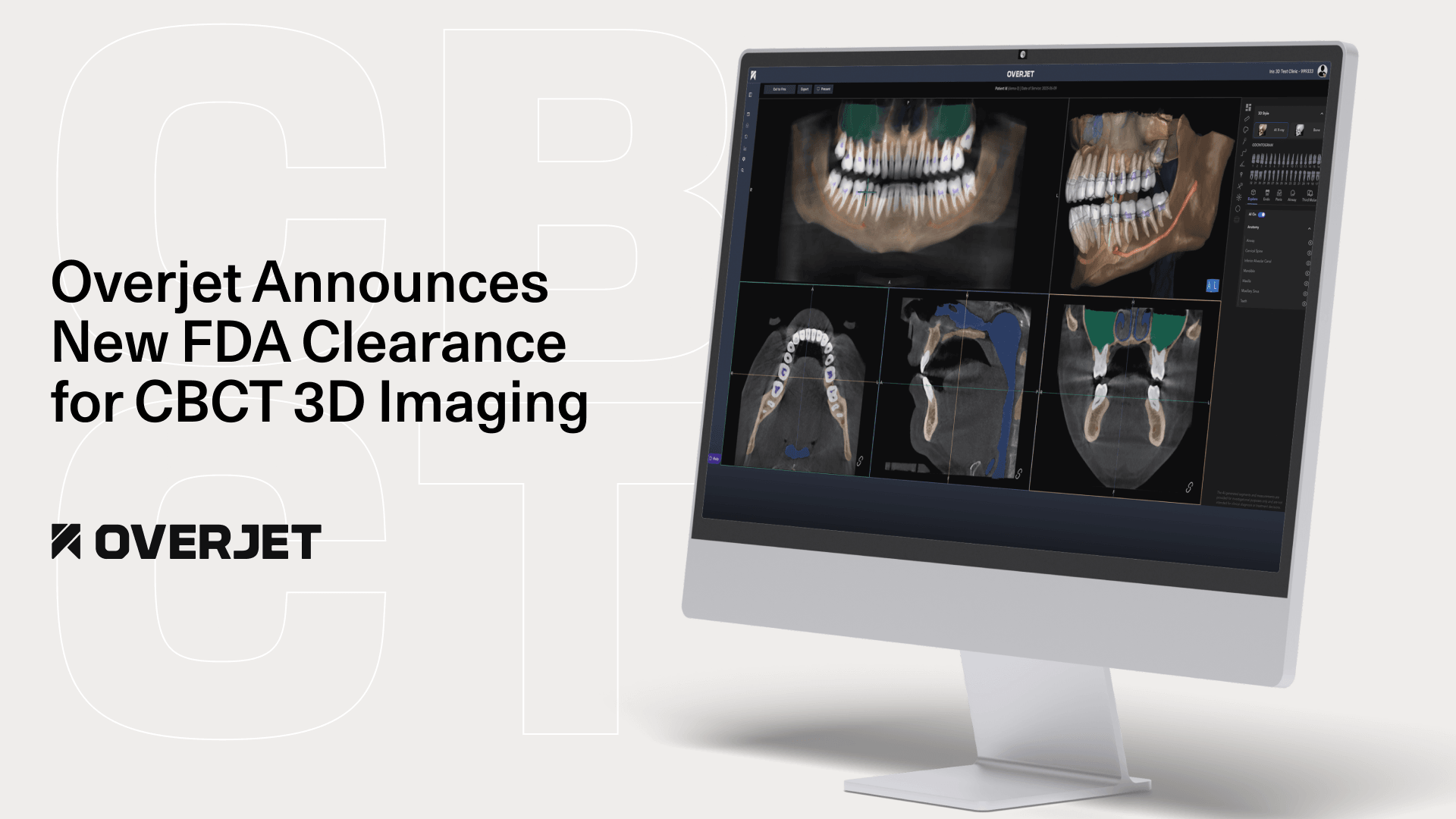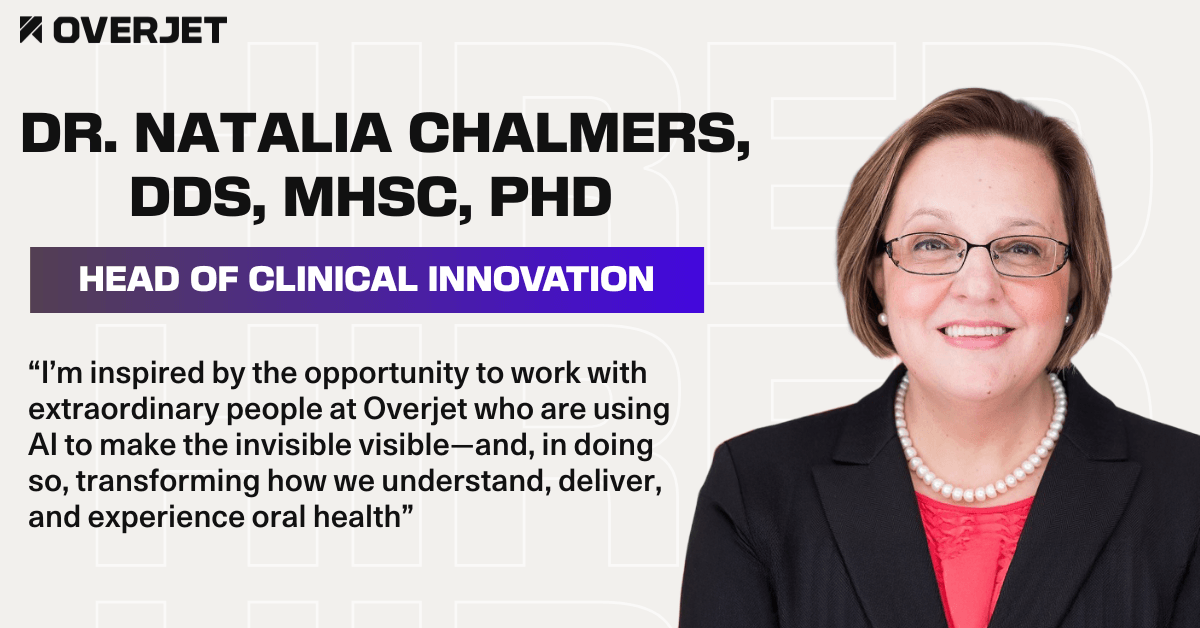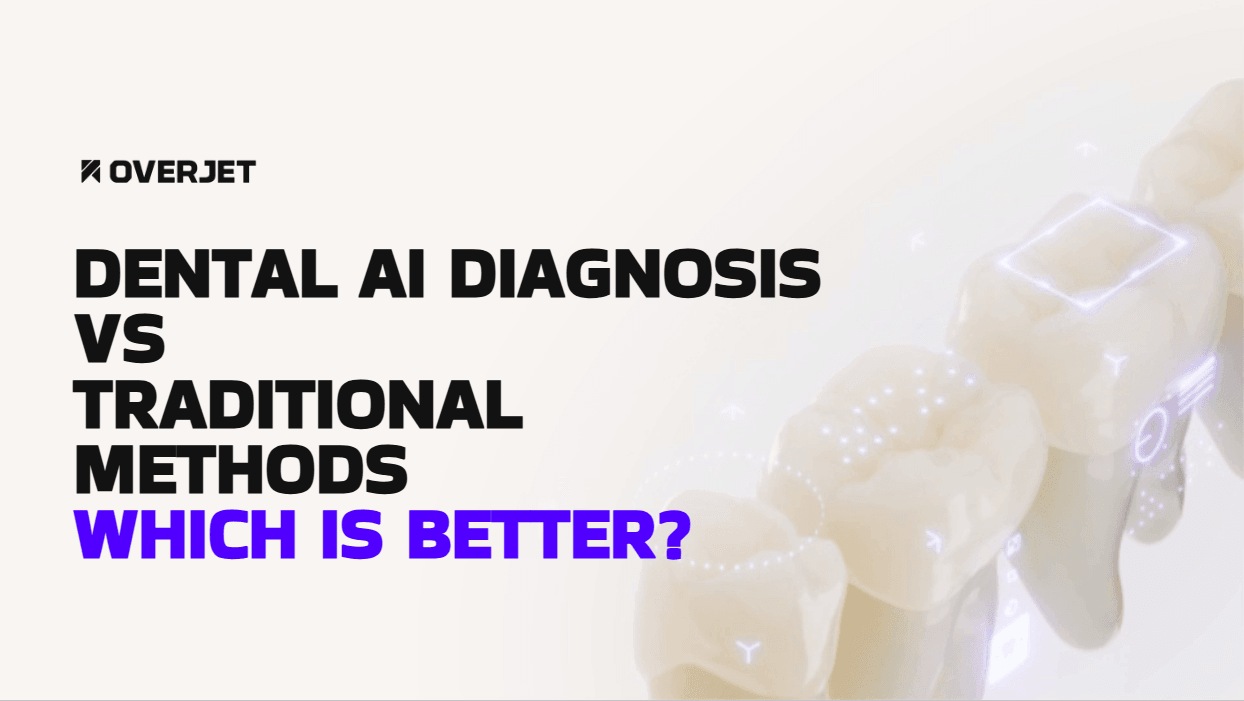This article was originally published on Group Dentistry Now.
Artificial intelligence is revolutionizing the dental industry. More and more practices are adopting this groundbreaking technology, which instantly analyzes and annotates radiographs to aid in both diagnosis and case acceptance.
However, introducing a new technology into a dental practice or group can sometimes feel like an episode of Survivor, with team members simply trying to outwit, outlast, or outplay management until they give up on the initiative.
So how do you overcome hesitancy and successfully implement AI into a dental group?
Dental365’s CEO and Founder Dr. Scott Asnis shares his tips — after the group with 100 locations in the Northeast successfully implemented Overjet. Overjet is an FDA-cleared AI radiograph analysis technology that detects and outlines decay, quantifies bone loss, and highlights other areas of concern.
Vetting Dental AI Technology
As a dentist-run organization, Dental365’s chief dental officers and senior clinical advisors were the first to vet the different AI systems available.
“We improve clinical outcomes by leveraging state-of-the-art technology,” said Dr. Asnis. “Our dentists focus on the best clinical outcomes with clinical excellence and integrity and because of that, we want to provide all the tools necessary.”
The key questions to ask during the vetting process include:
Do you quantify findings?
Do you integrate with my imaging software?
Do you integrate with my practice management system?
How do you provide training?
How do you provide reporting and touchpoints post-training?
“Getting your key provider leaders in the decision-making process will help with the eventual implementation and create a buzz around a new and exciting technology,” said Dr. Asnis.
Dental365 has a lot of experience with this. It is implementing 3D imaging, milling, intra-oral scanners, and other types of technology into their practices to enhance the patient experience.
Mapping Roll-Out from Pre-Launch through Analytics
The three keys to a successful technology launch are organization, communication, and follow-up.
Dental365 introduced the Overjet AI platform to their 300+ doctors ahead of implementation, and held meetings with the staff to ensure everyone understood why they were adding the technology to their practices.
The three keys to a successful technology launch are organization, communication, and follow-up.
“It’s a huge benefit for patients. It provides for stronger clinical outcomes. And at the end of the day, that’s what we’re all about,” said Dr. Asnis.
Dental365 appointed a “champion” for each practice and set up a clear feedback loop. After each training, the operations team received feedback. The champions provide ongoing feedback to the regional managers, and the regional managers are empowered to work closely with their Overjet customer success manager. The customer success manager also meets regularly with Dental365’s Executive VP of Operations.
One key metric is usage. The Dental365 team closely monitors usage to identify any changes, discuss any challenges, and provide solutions. As new doctors and team members join the company, they are trained on the AI platform. Overjet also hosts training refresher courses.
Leveraging Technology to Improve Patient Care
AI-powered radiograph analysis is more than just a diagnostic aid. It’s also a powerful patient education tool. Most patients don’t know how to read traditional X-rays. But when they see the X-rays with the dental AI insights added, they understand what they are looking at. They can see where caries are outlined and colored in yellow or red depending on the severity. They can see where bone loss measurements that may indicate periodontal disease are shown in red.
When patients understand what’s happening in their mouths, they are more likely to move forward with treatment. It’s just one more way dentists can leverage the technology to improve patient care.
“If you want your organization to be known for accurate diagnosis and superior patient care, then AI is for you,” said Dr. Asnis.





